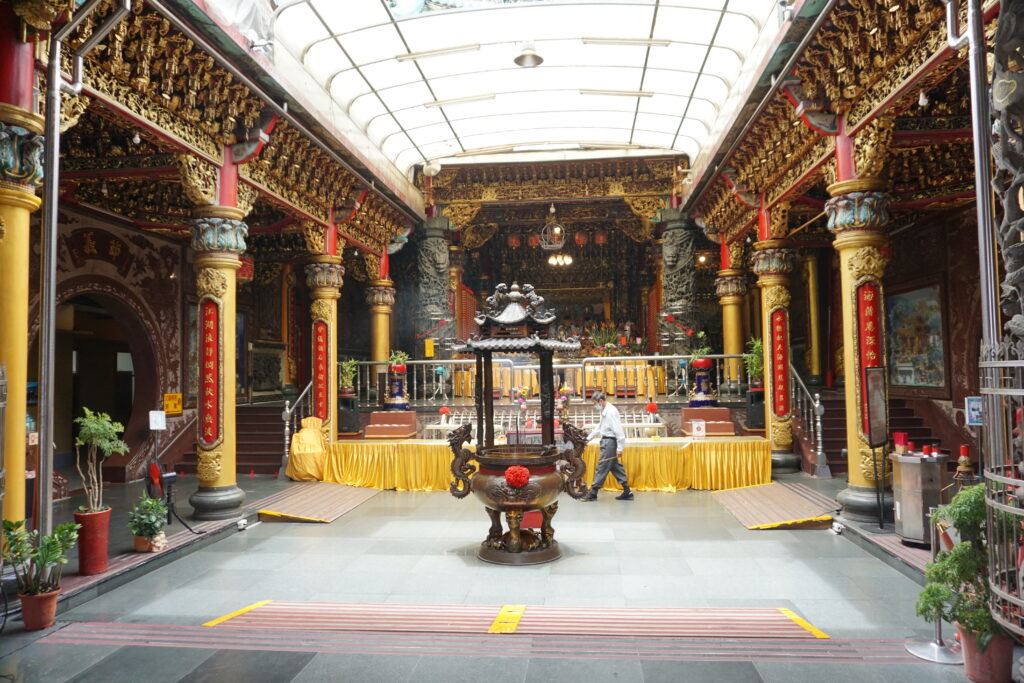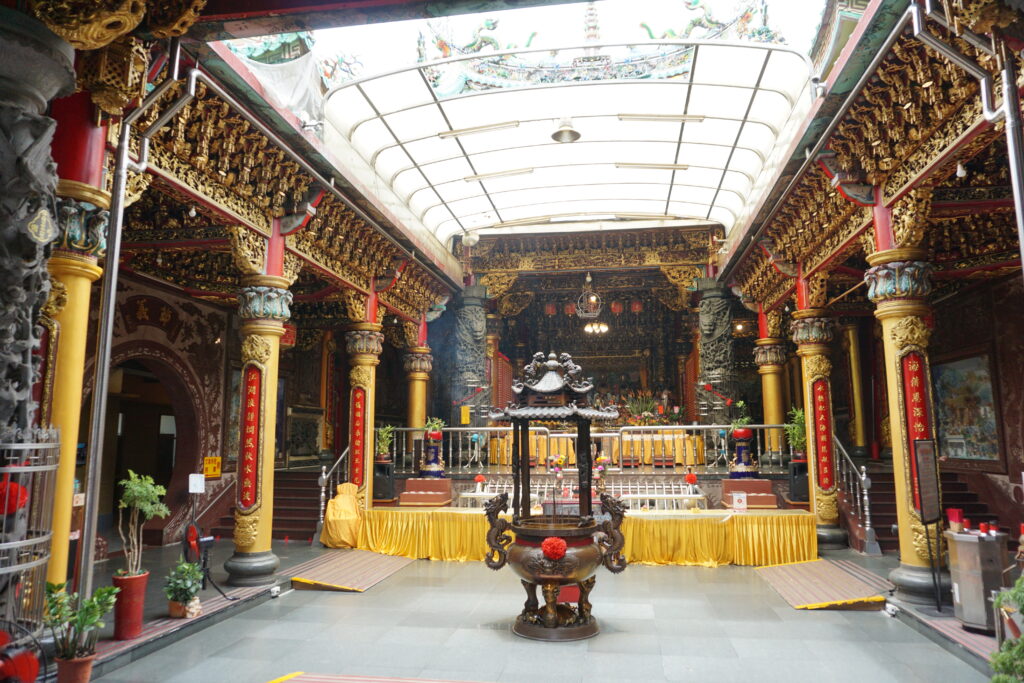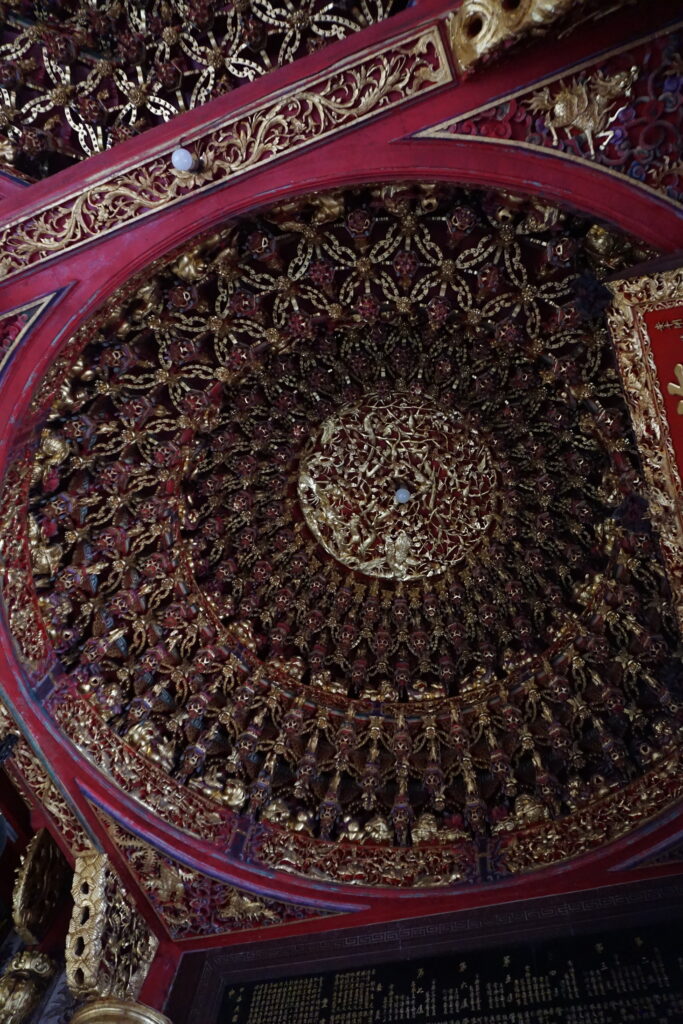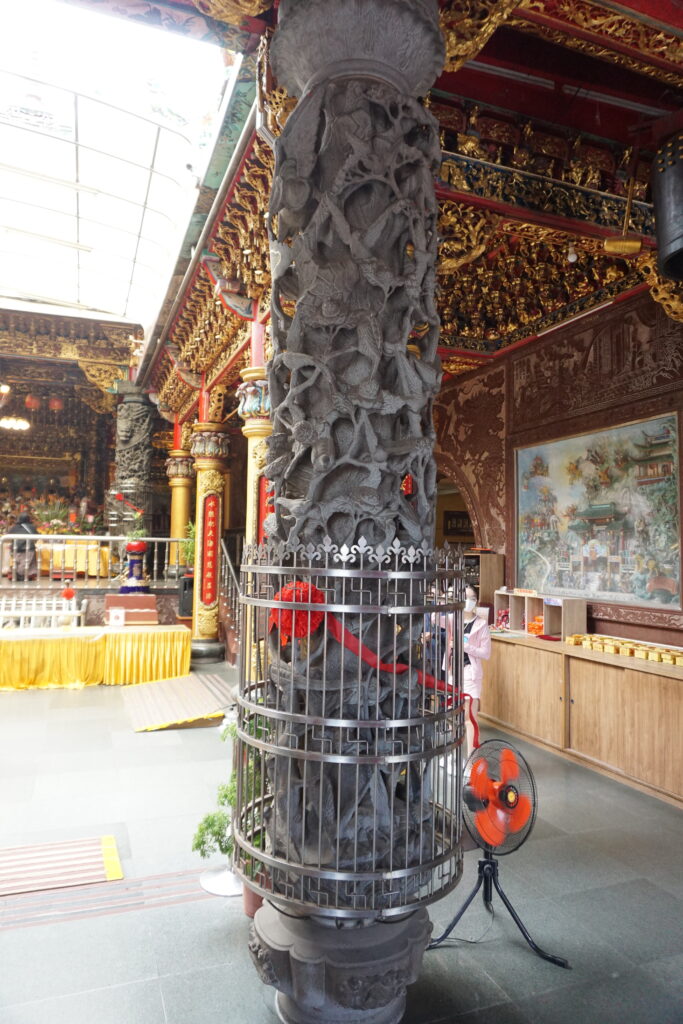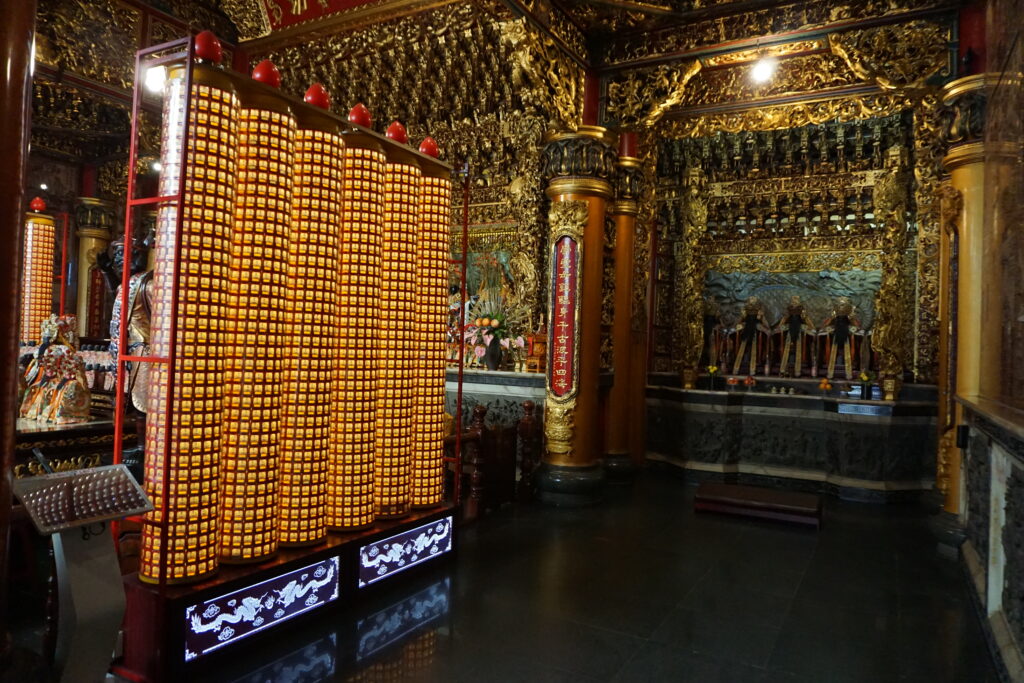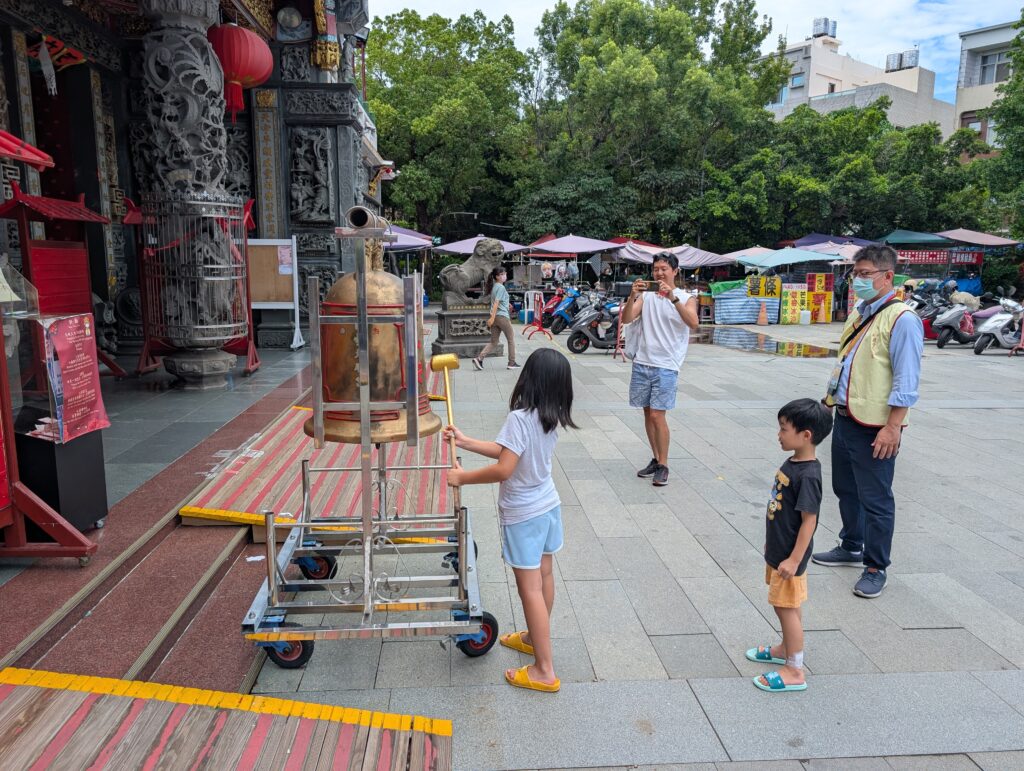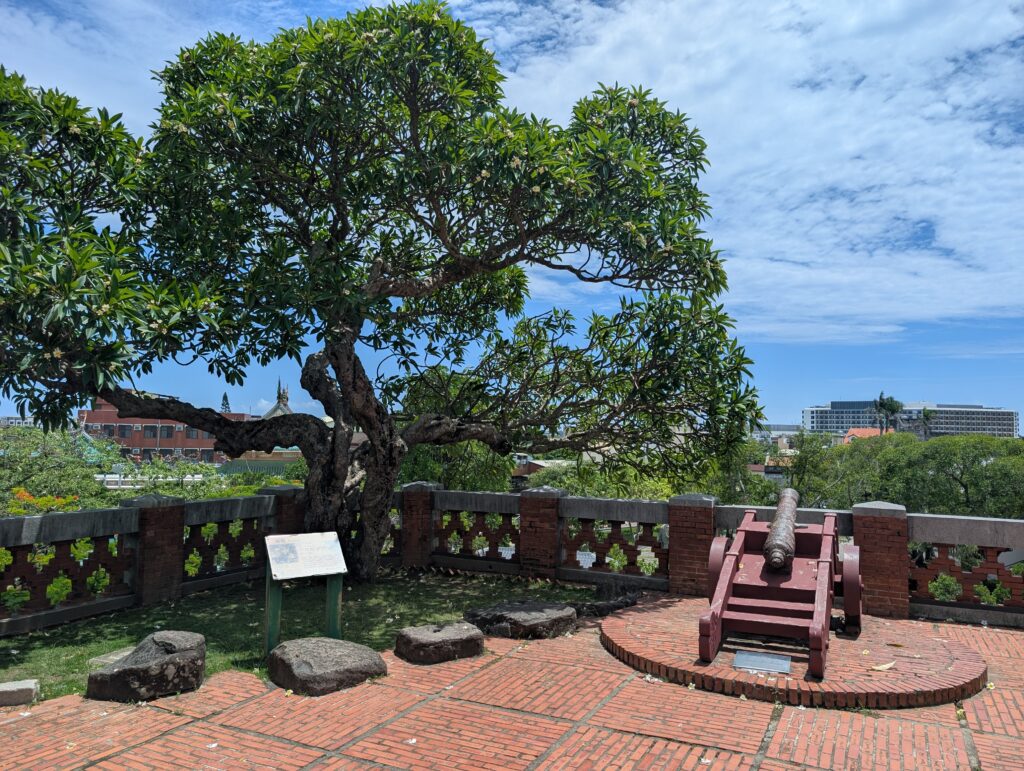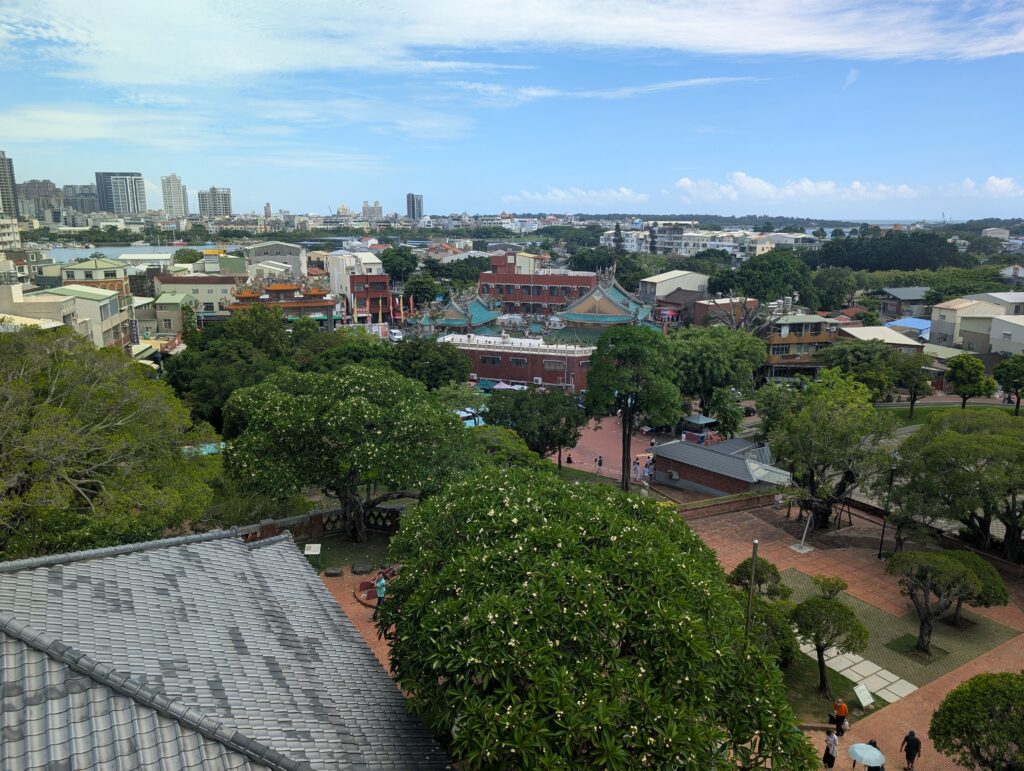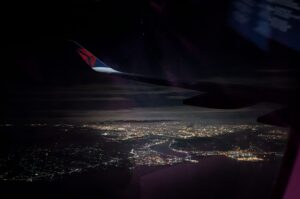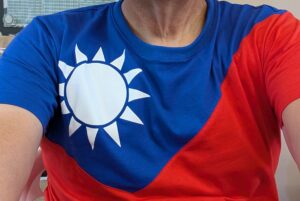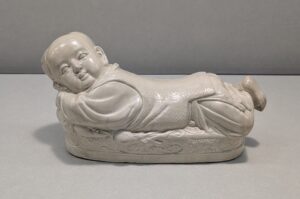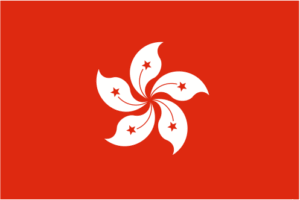Tainan
New Friends, a U.S. Destroyer, and a Dutch Fort
I arrived in Tainan at about 6:00 p.m. on Wednesday. I went out for a nice meal with my Servas hosts, the Yus. I had my medical procedure done the next morning, and we had a very nice supper out that night. After all of the help the Yus had given me in that process, I wanted to be sure they did not have any expenses for meals, and tried to take care of them for the family the rest of my time in Tainan.
I felt well enough on Thursday to go and see some sights, though the remnants of a tropical storm were passing over Southern Taiwan that day. Li Ting dropped me off at the National Historical Museum of Taiwan after we had breakfast. It was a pleasant museum, though it did not have many original artifacts. They told the overall story of Taiwan, and had a lot of nice replicas and recreations. Other floors of the museum were geared toward children’s experiences. I spent about three hours in the museum.
There was a downpour for much of the morning. Many of the other potential activities required being outside for some time. I decided I would try to use the city bus system to go to a coin dealer. I was able to navigate the bus system. It was time consuming but I got to the store. I arrived mid afternoon on a business day, but it was inexplicably closed. With no other prospects nearby, I made my way to another city bus and arrived back at the Yu house around 5:00 p.m. Navigating home via the closed coin store had taken the entire afternoon. We had another delicious supper, this time prepared for my by my hosts. After this, I saw a bit of the children’s taekwondo practice before calling it a night.
(Continued)
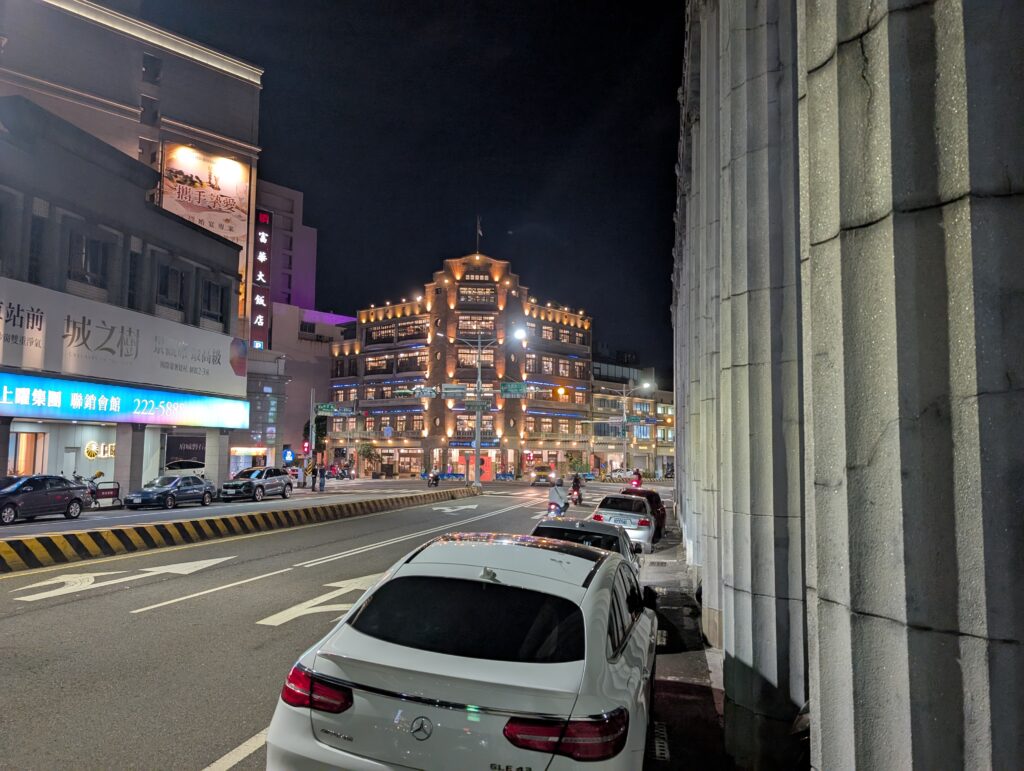
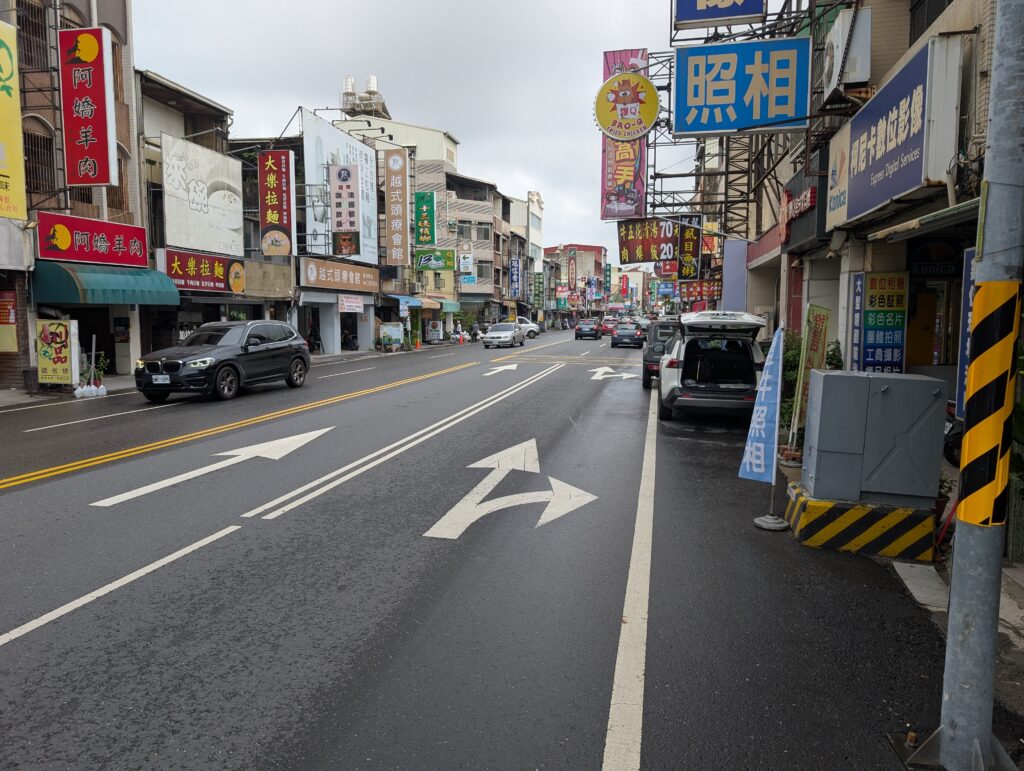
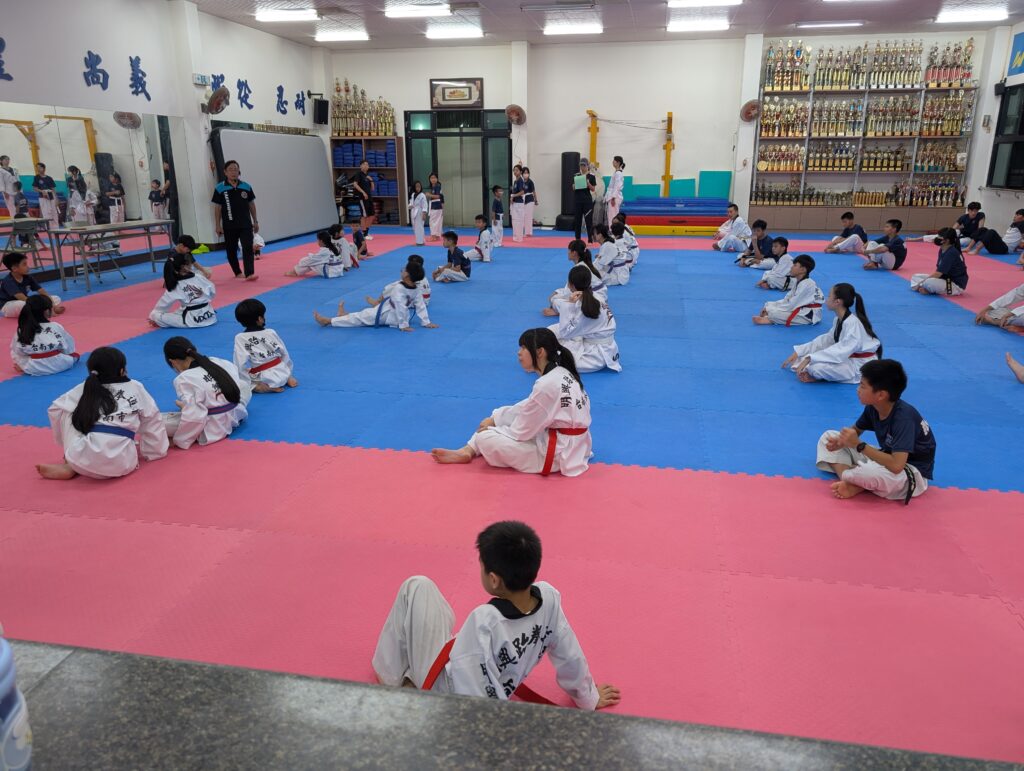
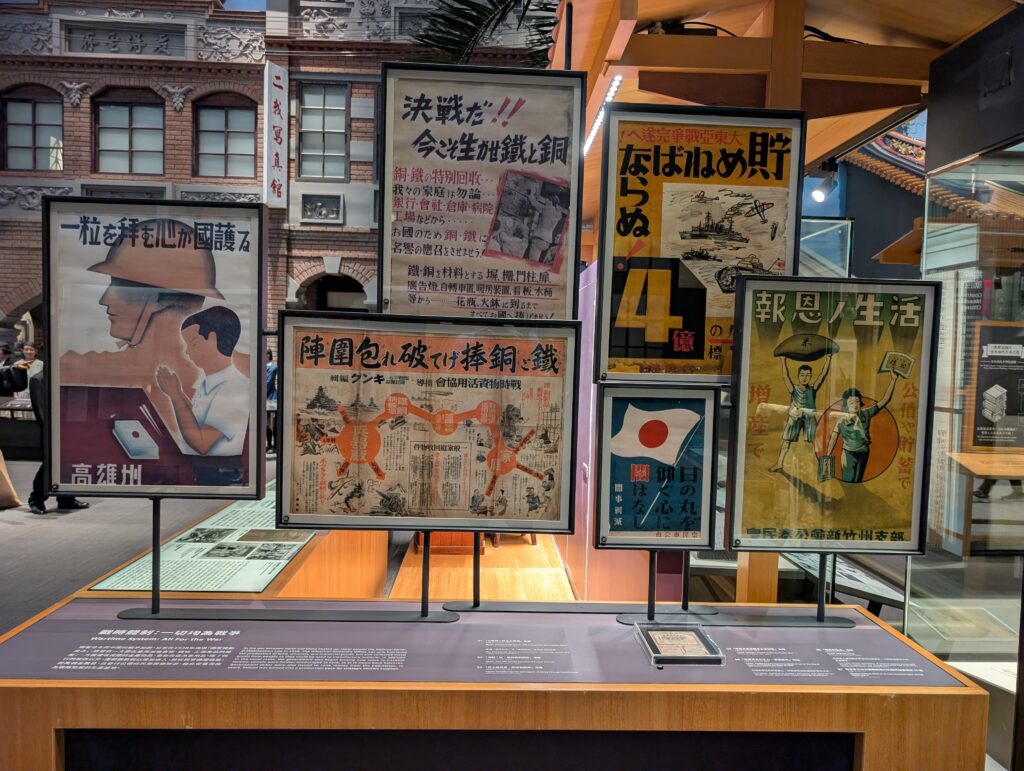
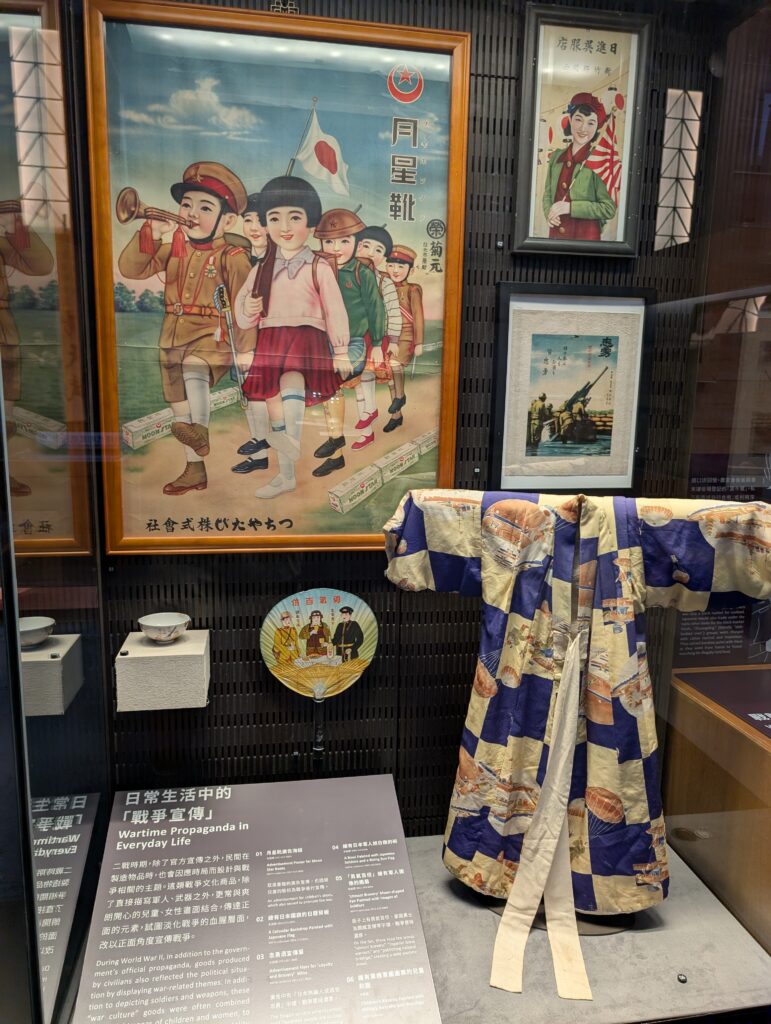
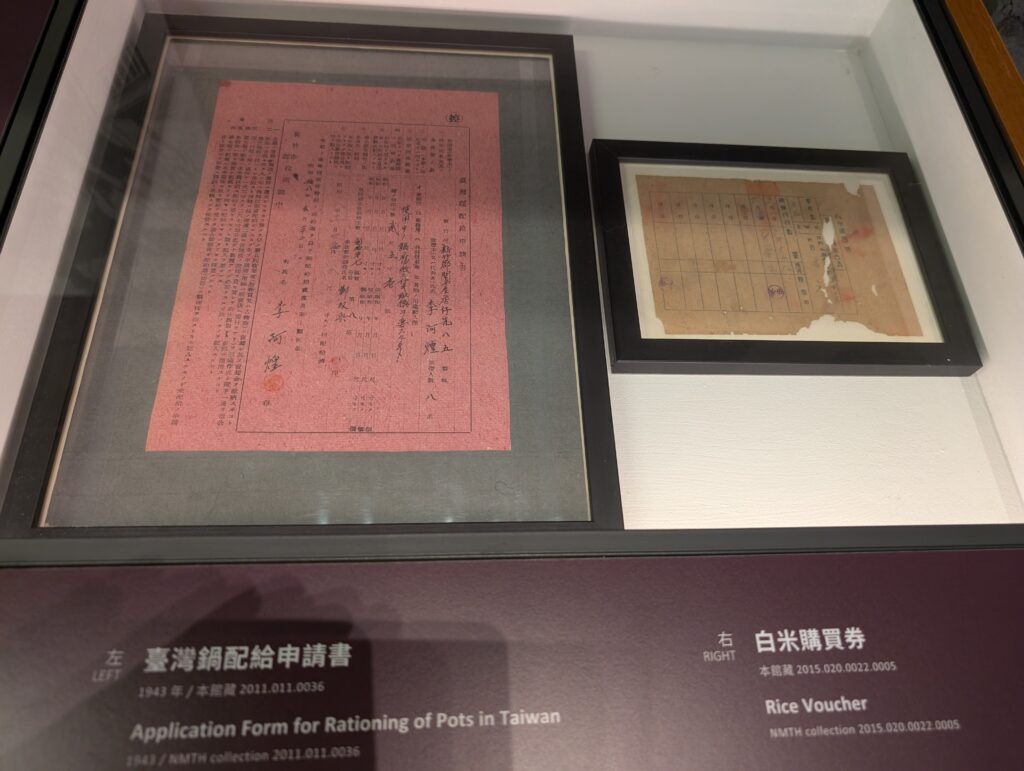
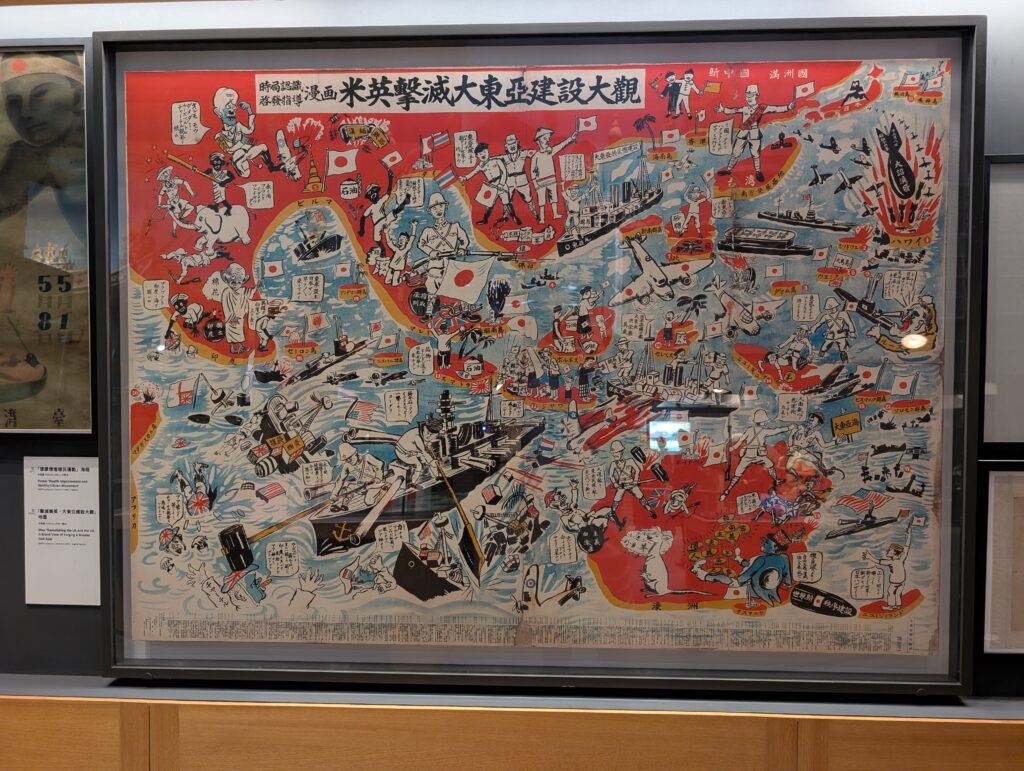
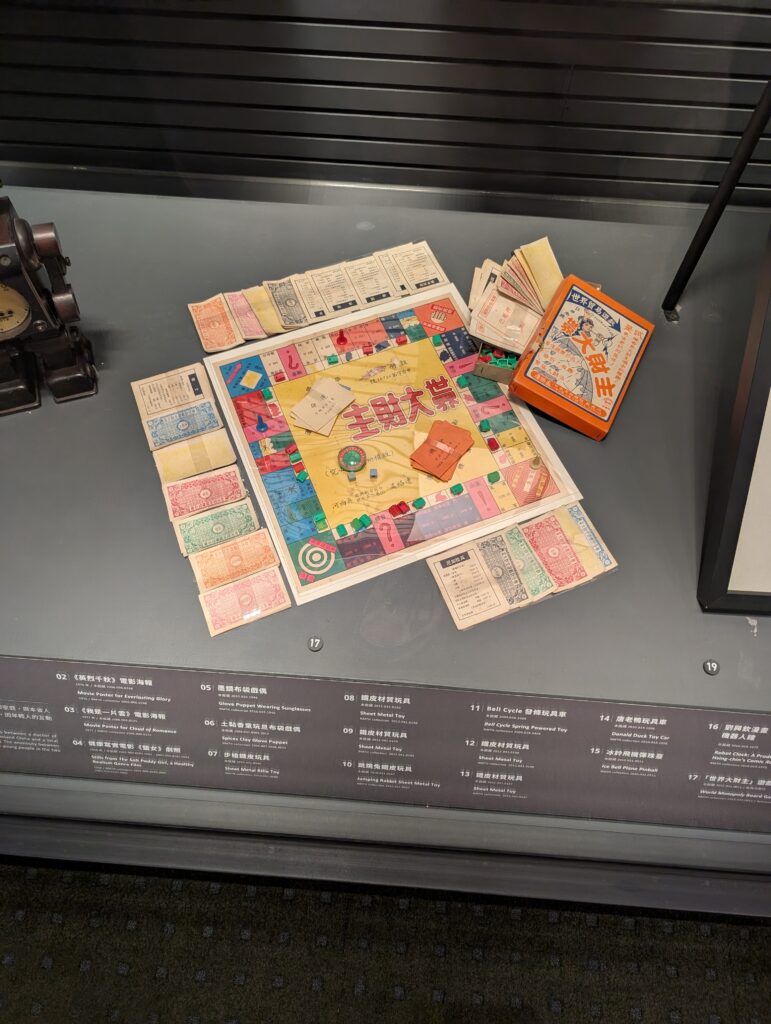
The weather was nice my last morning in Tainan, so we packed it full of tourist experiences. We had very tasty rice balls packed around fillings. This is a traditional Taiwanese farmer’s breakfast. It is served in a little plastic sack. The rice is sticky and compacted, so it can be eaten by hand on the go. It’s a pretty handy breakfast.
Since I had missed out on the destroyer museum the day prior, I took Li Ting and the children to it first thing. The ship was used by the U.S. during World War II, and was sold to Taiwan in the 1970s. They updated it with anti-submarine missile systems and continued to use it until quite recently. It was very warm, and the children got antsy pretty quickly. Fortunately, we were able to complete the tour quickly, as only the top decks are available to visit. I grabbed us all a mango smoothie, and we moved on to our next destination.
Along the way, we passed the Tainan Mazu temple. The sea is very important to Tainan, and always has been. As such, it seems appropriate that they should have a Chinese folk religion temple dedicated to the sea goddess here. There was a volunteer on site who was enthusiastic about offering a walking explanation in English to me and two Australian visitors. The Aussies were not too interested, and walked off after the first pause in my tour guide’s explanation. He seemed encouraged by me staying, and continued to explain the significance of the different constructed elements in the temple, which were very nice.
(Continued)
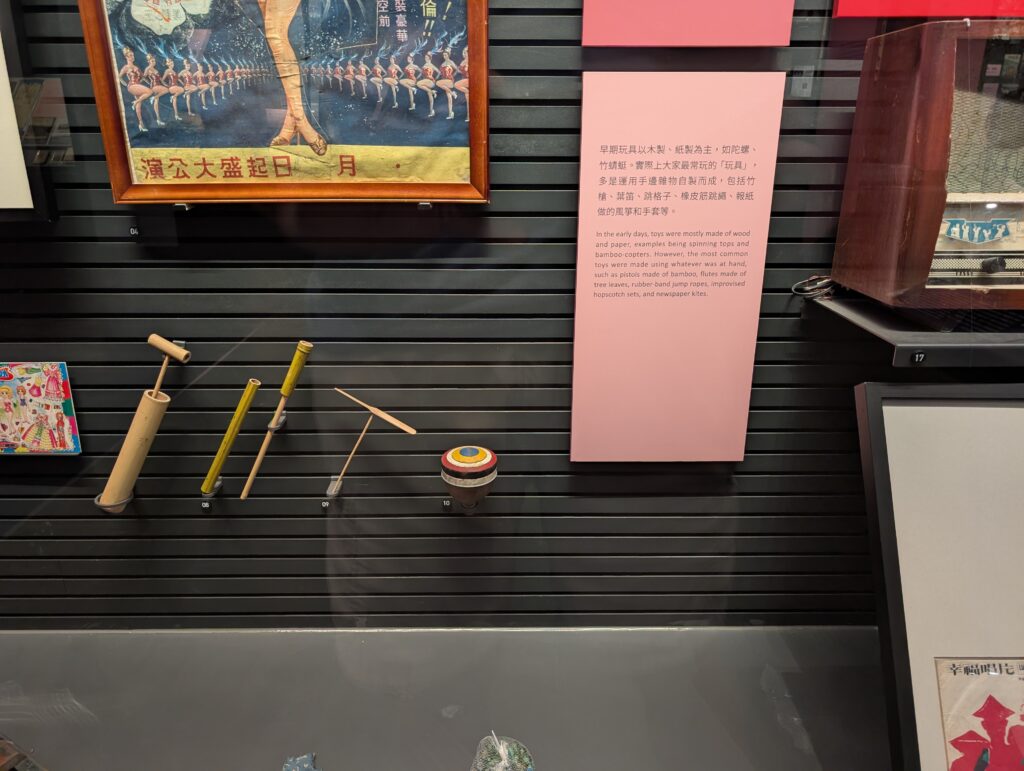
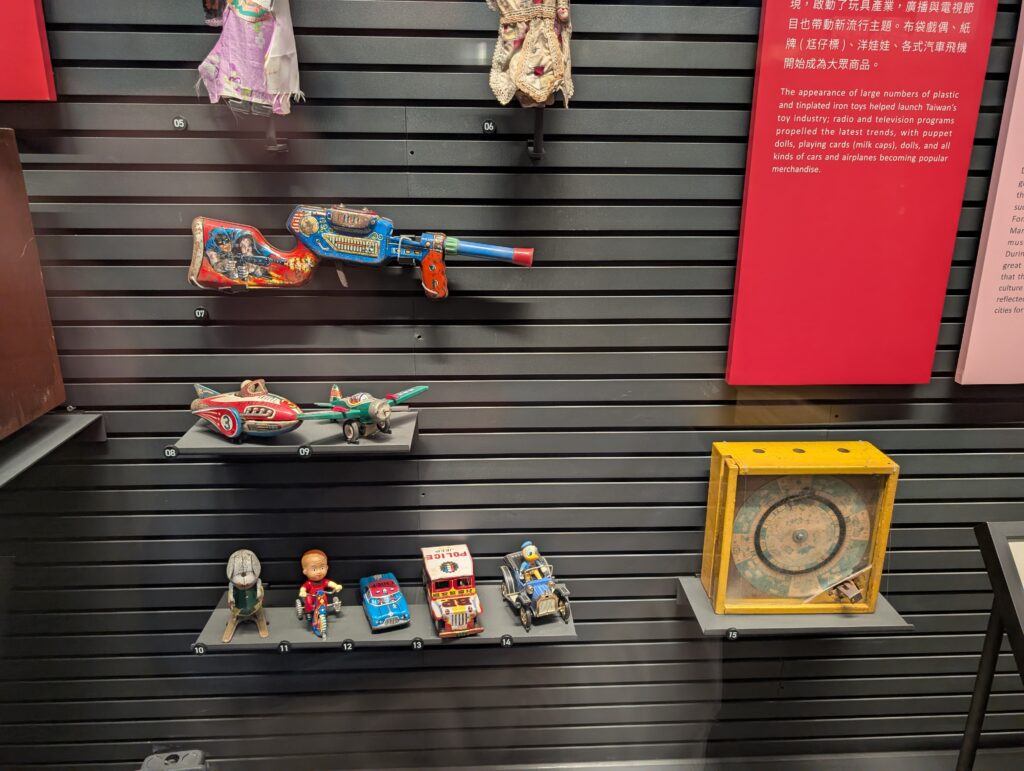
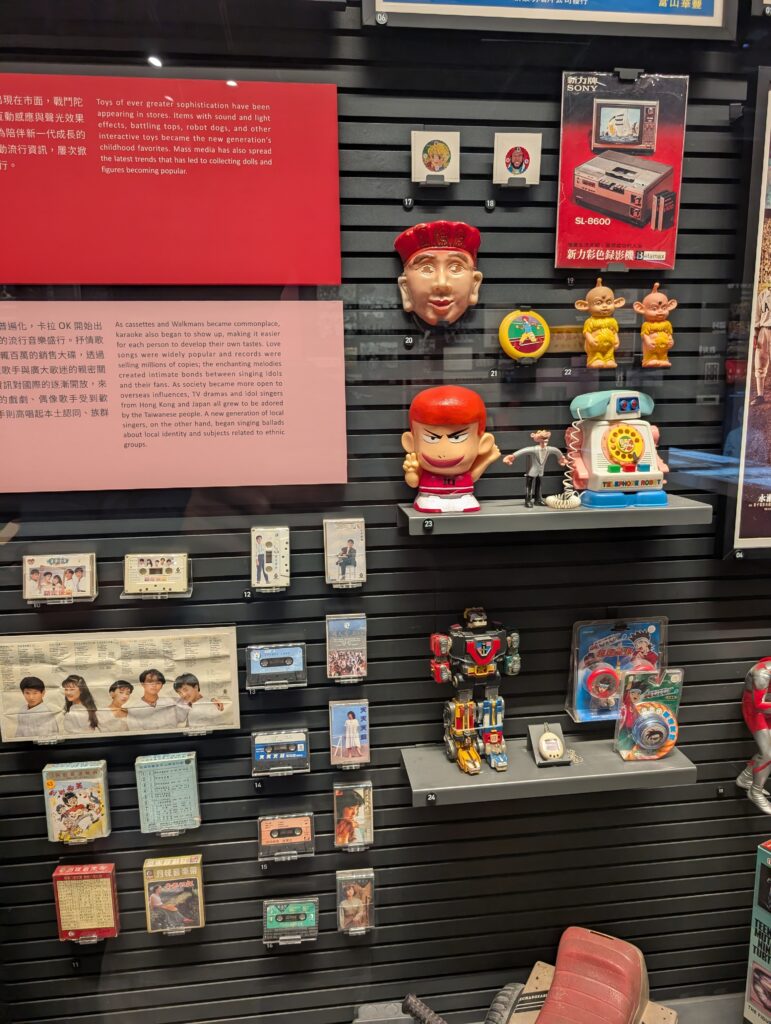
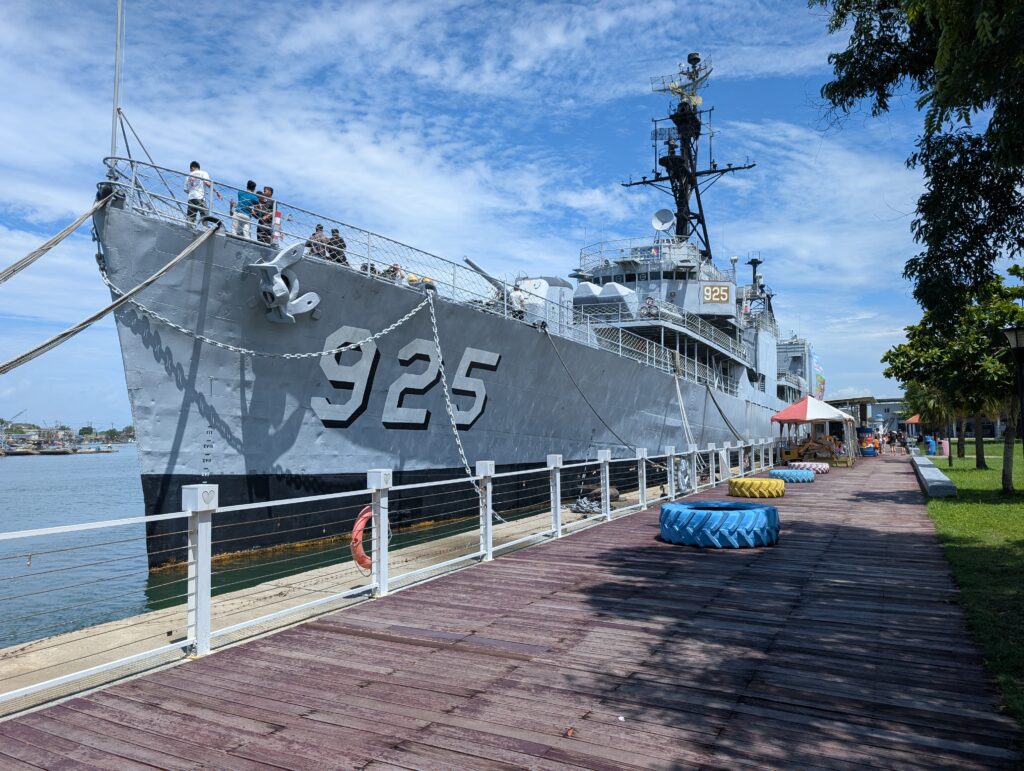
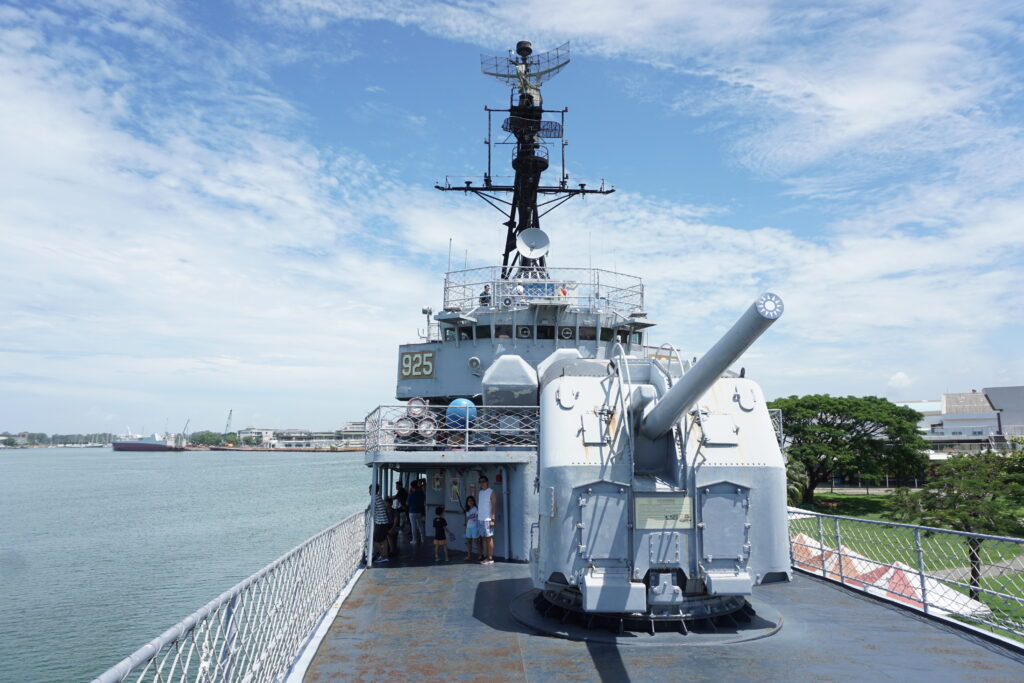
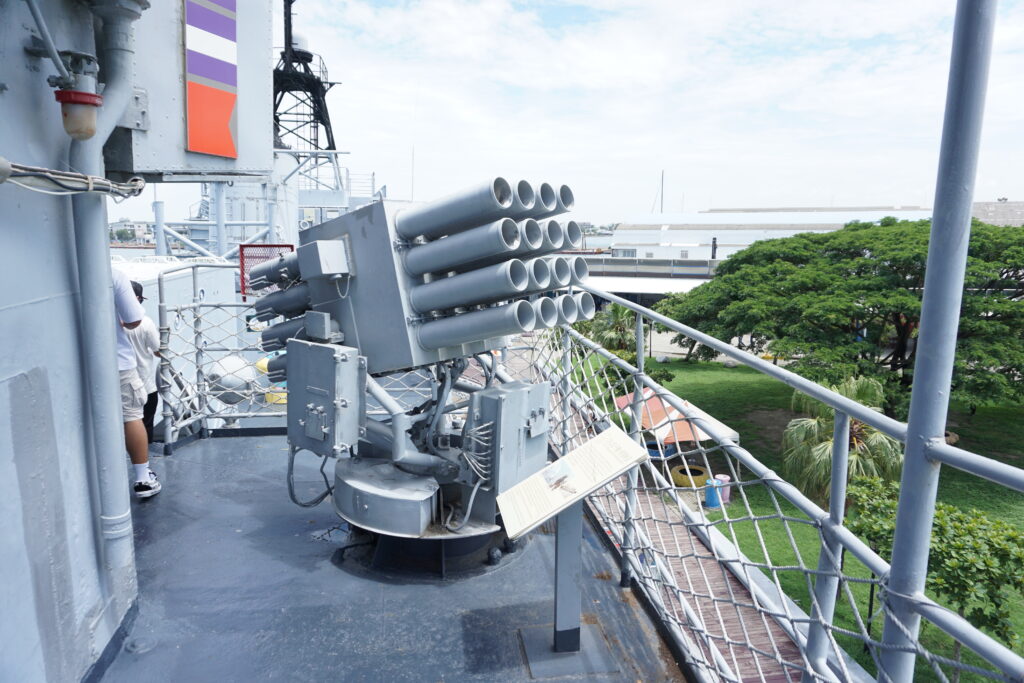
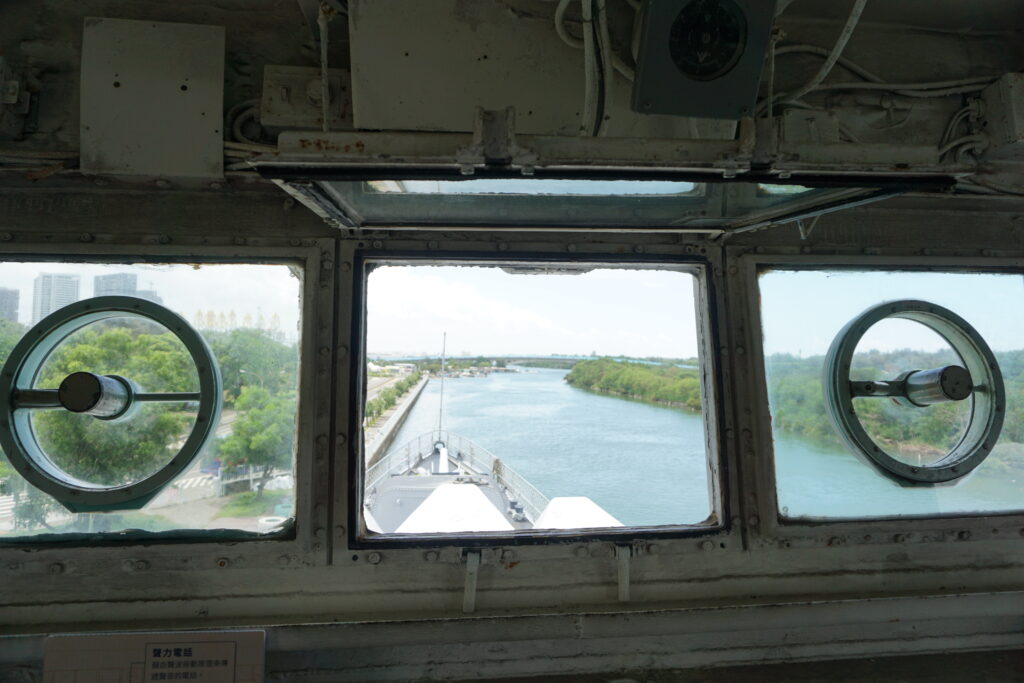
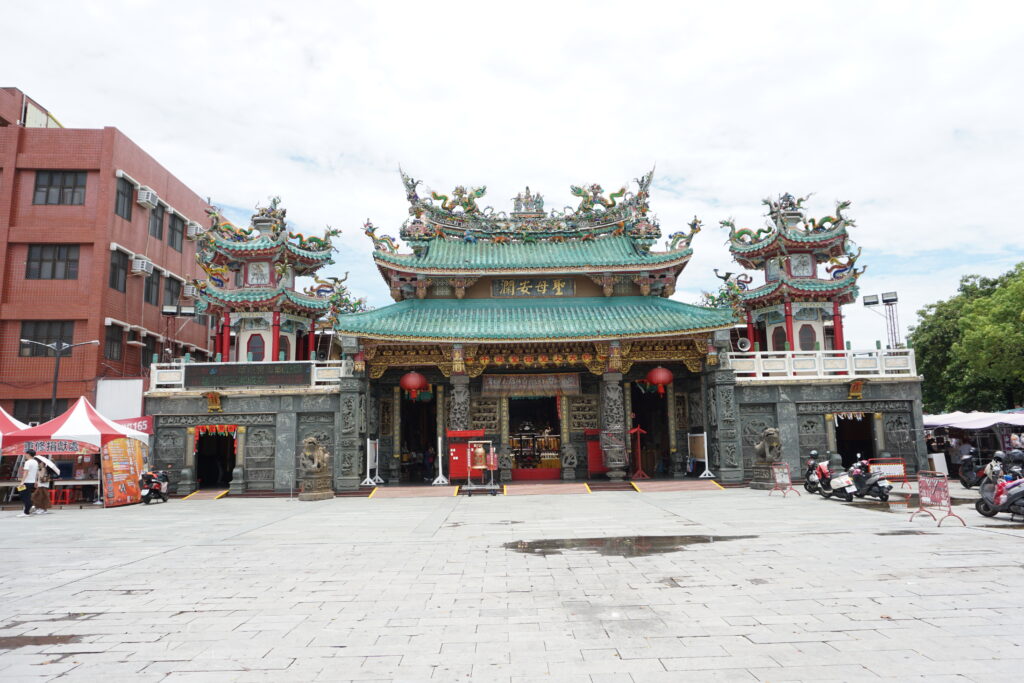
We next drove to Fort Zeelandia. For many years, the Dutch East India company conducted major trading operations in the Far East. They set up shop on a sand island in Tainan and ran their colonial trade operations from there. Today, the island is connected to land, and an older inland sea or inlet is no longer in existence. Although most of the buildings have been significantly modified over the years, some components of the older Dutch structures remain. It is interesting to see how different European powers structured their trade and colonization activities. The Dutch eventually pushed the Spanish off of the Northern end of the island, and remained the dominant European power in Taiwan until they were themselves run out by the Chinese later in the 17th century.
The fort was a nice place to visit. I chatted with some BYU students who were studying abroad. I walked around in the heat. The Yu children were patient with the warm weather. It was a good visit, and a nice way to culminate my stay in Tainan. Li Ting kindly drove me back to the main train station. I rode Taiwan rail back north to Taipei where I had reserved another hostel for my remaining few days in Taiwan.
